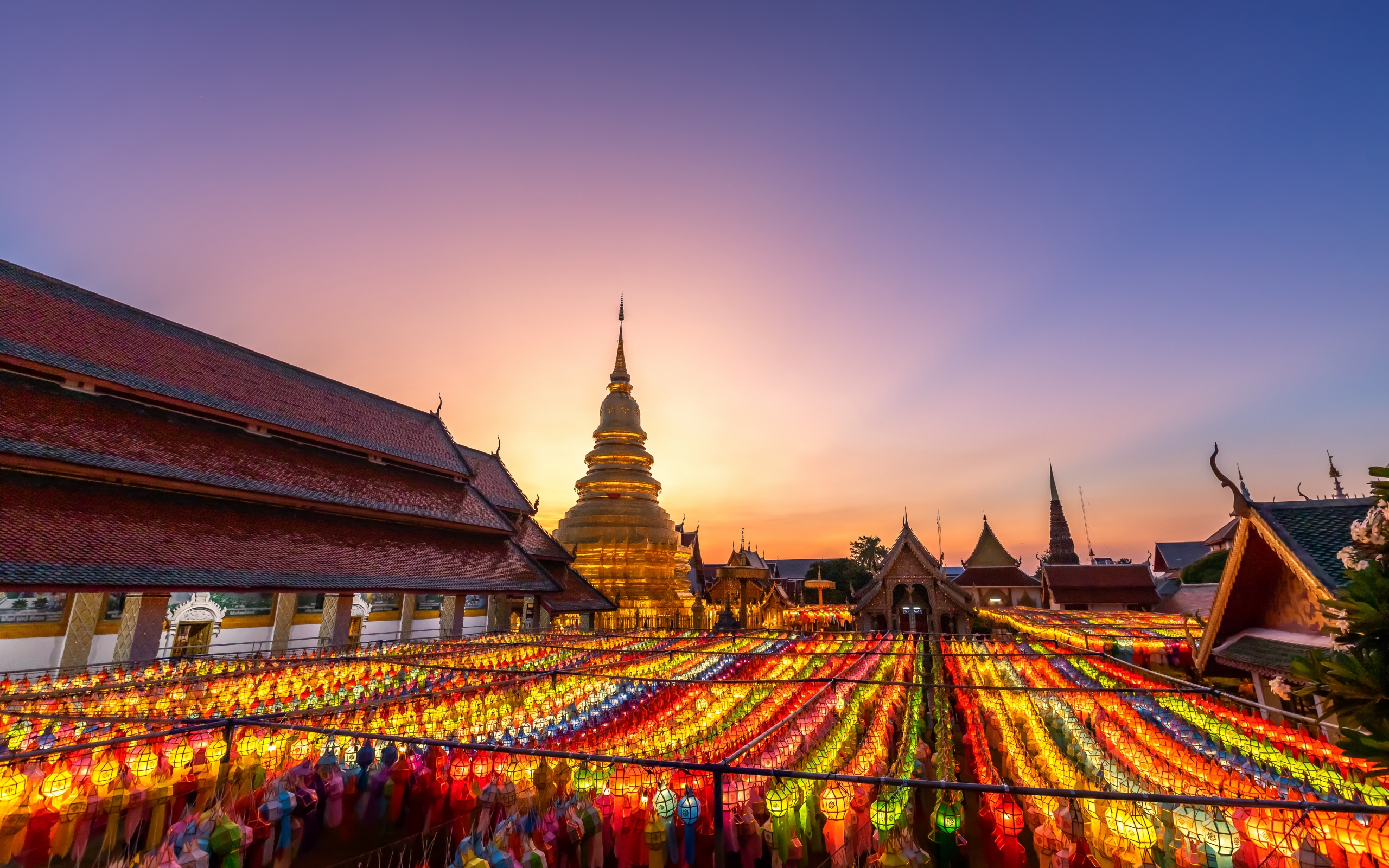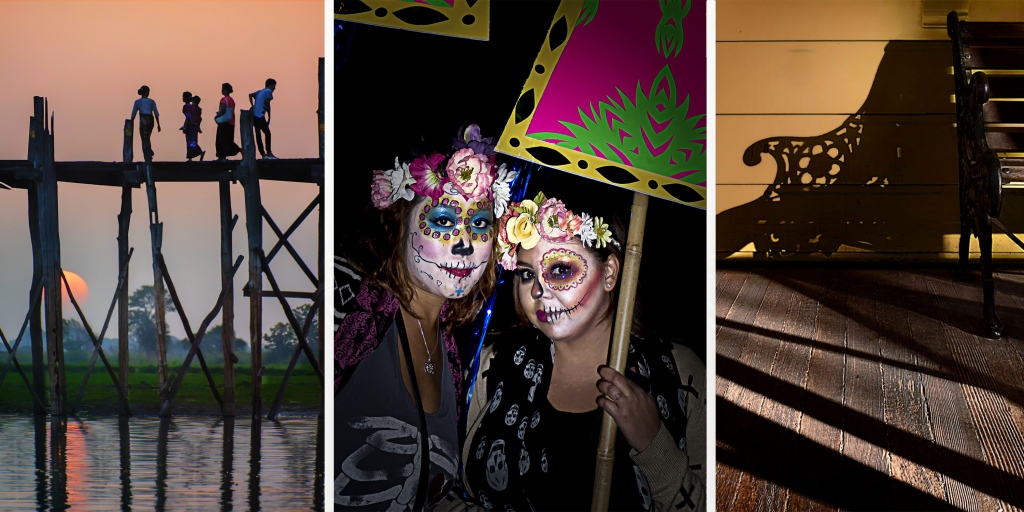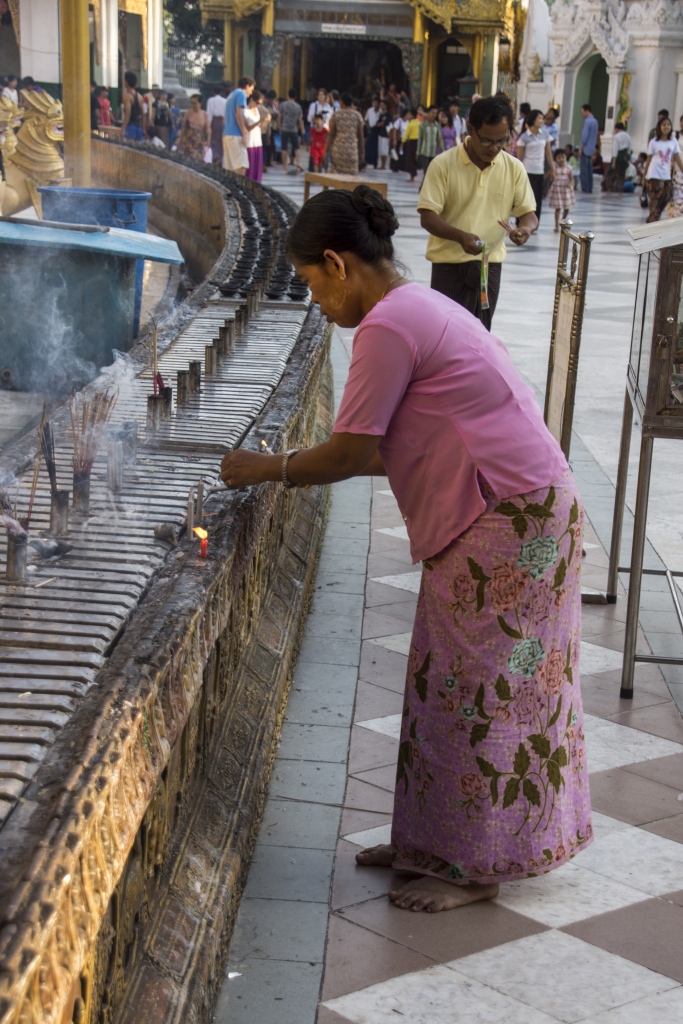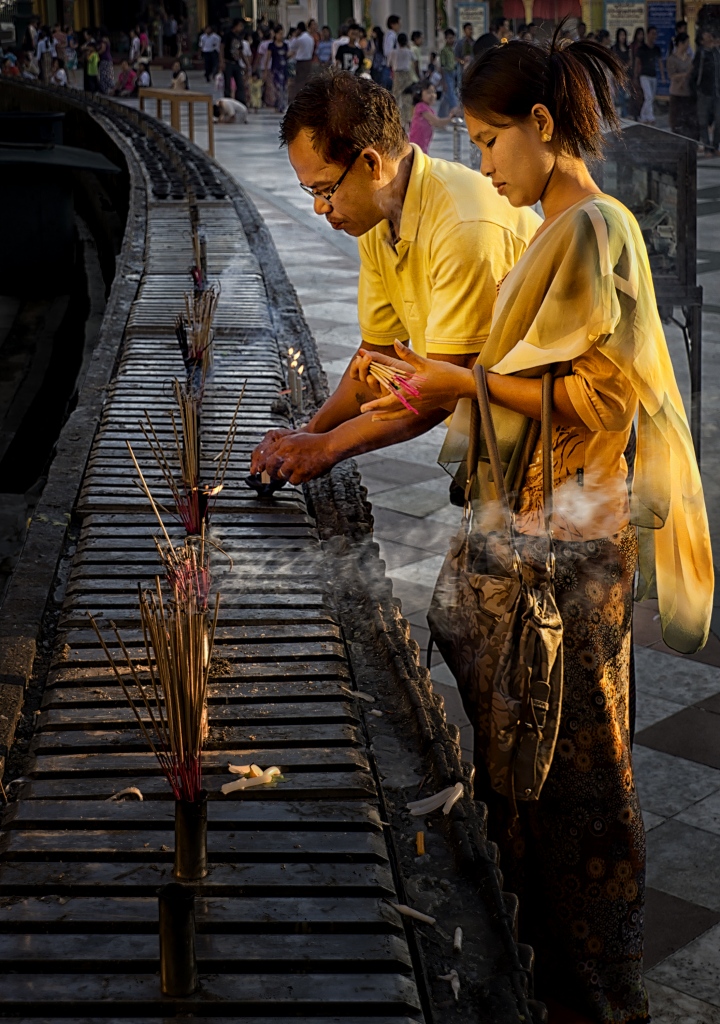Critique – A Path To Creating Exceptional Photography
I was given a helping hand at the beginning of my photographic journey. I was taught the value of critique and more importantly, how to use it to advance my skills. It is my compass. My own journey would be less rich without it. And much less successful.
Critique – it means to criticize right? Actually, no. It means to analyze and when done properly, the emphasis is on the positive. It’s a surprising way to grow photography skills.
Every once in a while, we see a photograph that commands us to stop and look and perhaps even see. You know, that photograph that makes us look again. Perhaps it causes us to gasp in wonder; cringe in horror; be dazzled by beauty; make us smile, or even laugh out loud. What is there about these photographs that prompt such diverse feelings? Do they have a common denominator? And if so, can we bottle it and become the exceptional photographer that we want to be?
Luckily for us, the answer is yes!
Most photographers never do a critique of their own work. I’ve been told that I can’t critique my own work – it isn’t right. The people who tell me that really don’t understand what critique is or how to use it.
How can we expect to improve if we don’t know why we like something? Even in our own work, when we are happy with what we have, doesn’t it make sense to understand why? If we critique often, we will find patterns of what appeals to us personally, and that information plants seeds in our brains. Those seeds grow and incorporate the things we like into how we shoot.
It’s really pretty simple. You may not know all of the accepted parameters of how to present a critique but you can certainly tell whether you like a photograph or not. You are used to determining whether you like an image every time you look at one. When you see a photograph you either look at it and maybe smile or you pass by to look at something else.
That’s a critique. Short and simple. It’s your first impression. Most people don’t get any further than that in their review of a photograph. They look and then move on – either thinking that it was pretty cool or pretty boring or pretty awful. They are missing the whispers.
When passing by, we don’t learn anything. Sitting and paging through a photography book, or scrolling through photographs on a computer screen is a passive activity. We aren’t exercising much but the hands and fingers we use. We aren’t engaging our brains. A simple reaction – nice, or wow, or yuck, doesn’t teach us a thing.
We are passing up a great learning opportunity. In fact, we are passing up valuable information by the best teacher you could ever wish for to develop your own inner photographic vision.
Yourself.
Let’s get practical and take a look at some photographs. Here are three. What do they have in common?
I see many relational aspects. Each of these images uses color effectively. Our eye is drawn immediately to the light. There are prominent storytelling aspects to each shot. None of these photographs were taken at eye level – they use perspective well.
They are technically well done. The color balance in each is well rendered and adds quality to the photograph. The focus is appropriate – our eye is drawn in and easily finds the focal point where it can rest during exploration. These images have a good balance.
The composition in each has used strong elements. They all have well-defined shapes and lines. Each has a clear center of interest and everything else in the photograph contributes to the center of interest and makes it more powerful.
Now, pause a minute – choose your favorite above. Imagine seeing it as you scroll through one of the photo apps on your phone or computer. You might have paused a moment and thought nice or cool. What did that reaction teach you? Go back and read the three paragraphs above and imagine that YOU thought about the photograph in those terms. What did you learn?
Note that the images above are all different genres, yet the critique works equally well on all of them. They are very different and yet they are also the same in terms of what makes them good.
Can Critique Really Help Us Shoot Better?
Here’s an example of how critique works in the field when you are shooting. I find myself pointing and shooting when I should be thinking and planning. I think photographers are incredibly lucky people. We look at things differently – we see things in intended ways. We watch the light, consider all the surroundings, look at depth and color, and details. We look for the story. Unless we don’t.
Below is an example of a shot I took in Burma at Shwedagon Paya. It’s a wondrous place; so expansive that it becomes hard to isolate individual pieces. The whole is so intense with colors, scents, noise, and atmosphere that it overwhelms the senses.
I did what every tourist with a camera does. I started pointing and shooting. Everything. But then I caught my breath and took a moment to calm down. Took a moment to quiet my brain and let myself just stand there and be.
Then I looked at the last shot I had taken and I did a critique. I was appalled. I went back and looked at another shot and critiqued it again. The same result. Terrible shots of a wonderful place.
Here is that first shot I critiqued. Look at that lovely light she isn’t standing in. My depth of field was poor. Take a look at the man in the yellow shirt because he will end up being one of my main focal points. This photograph clearly shows a story taking place but it shows nothing of the emotion of that story. It is a flat two-dimensional tourist photograph.
In the time I took to evaluate what I was doing, the sun moved downward in the sky. The man in yellow found his friend. I changed my camera settings and serendipity sat on my shoulder as they stepped into the light. In truth, the fact that I had found a wonderful spot and had the patience to wait also needs to be factored in.
This photograph has both a visual story for you to read but I also think it evokes the magical and reverent moment. It is the result of a critique done moments before. I knew what I wanted and what I had to do to get it. I had settled down and moved into the moment.
I no longer had that frantic feel – that pressure to shoot. Instead, I relaxed and became part of the scene. I let my calmness direct my work. The real bonus is that my enjoyment of being there, in the moment, made the visit to this amazing place even more meaningful. I wasn’t an observer. I was participating.
It doesn’t matter whether I am in an exotic location, shooting ICM, or doing macro work in my own backyard. If I go out to shoot and if I’m frantic to get photographs, they often don’t turn out well. Instead, I need to step into the world I’m observing. I need to see what I am looking at. I need to feel the environment and become part of it. And I need to plan my shot so that it includes the elements that will make it good – the elements that matter to me. Light. Color. Shapes. Patterns. Emotions. Balance. The story.
If critique interests you, I have a book that teaches critique and how to use it to improve your own work. It’s called: Critique – a Path to Creating Exceptional Photography. It is filled with examples of photographs and their critiques. It also has an easy-to-use chart that has references on what to look for as you analyze impact (hint, it’s not the subject of your shot), technical aspects, and composition. That chart is posted to my wall right next to my computer monitors and I refer to it often.
You can find more information on my photography on my SlickPic website: roxanneoverton.com. I have several galleries, more blogs, and information on my books that teach photography. My latest work can be seen on Instagram at @roxanne_overton_photography. I post almost daily. Each shot has to pass a critique before I am willing to show it. That process and the discipline of posting have grown my photography in ways I could have never envisioned.








